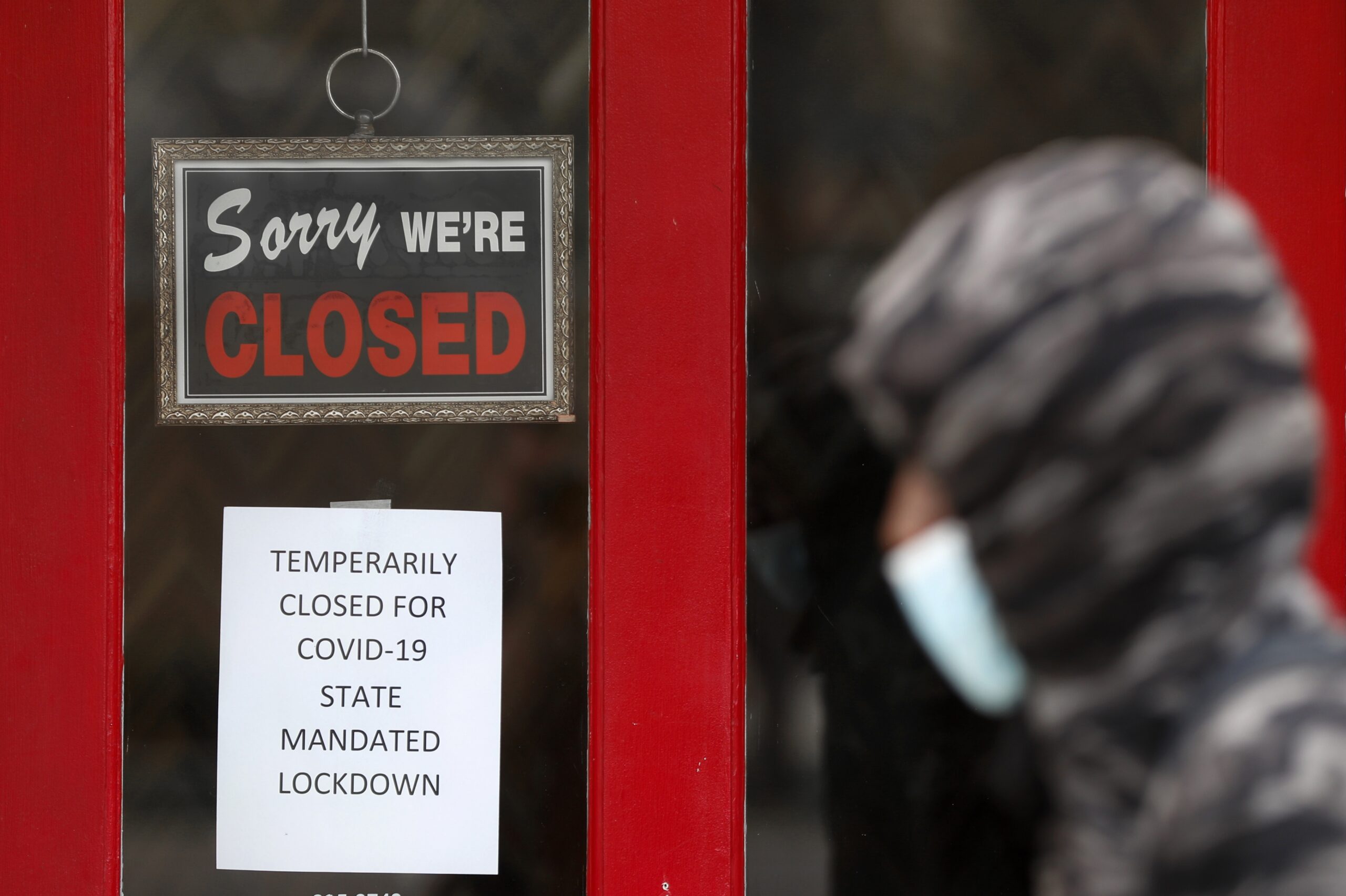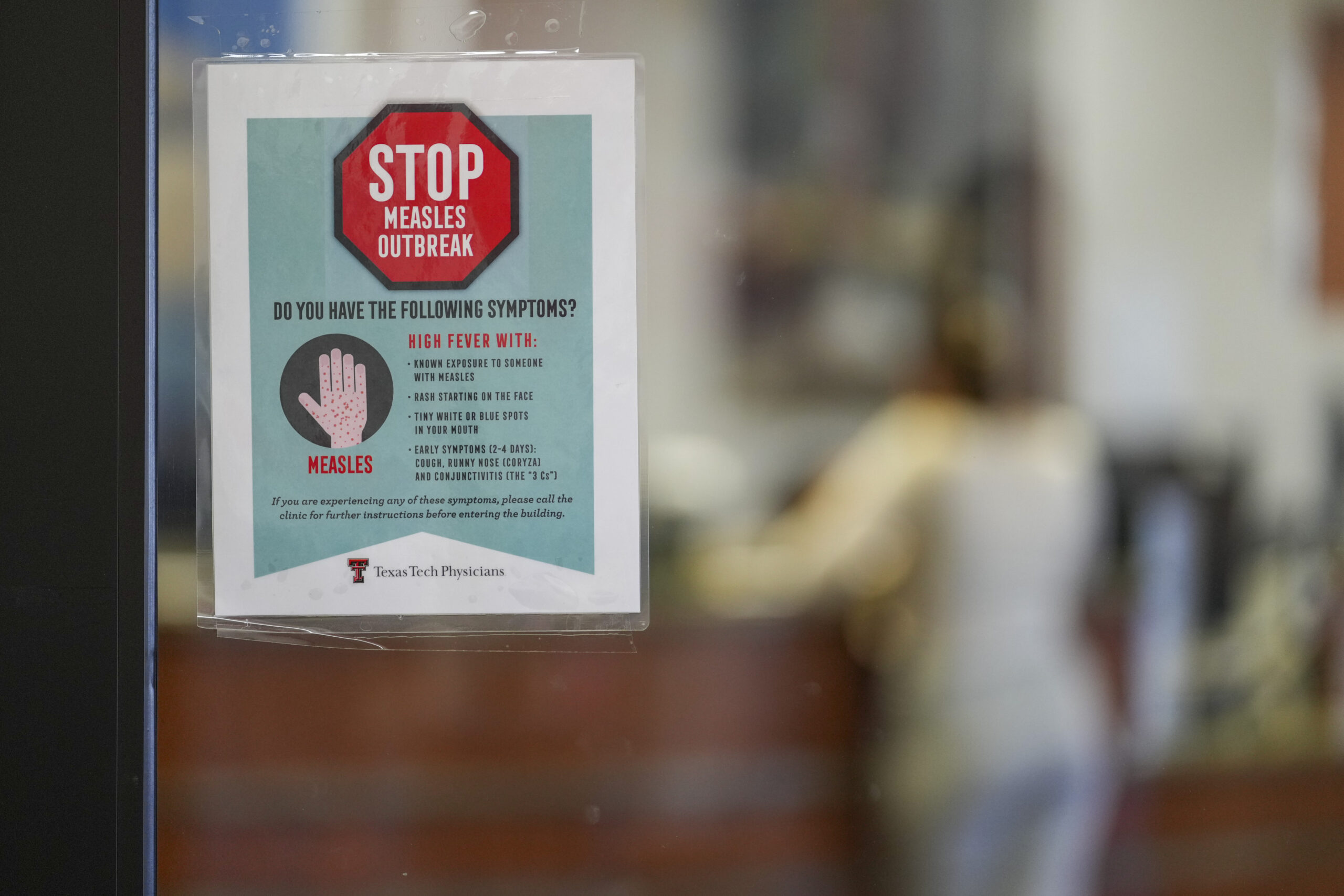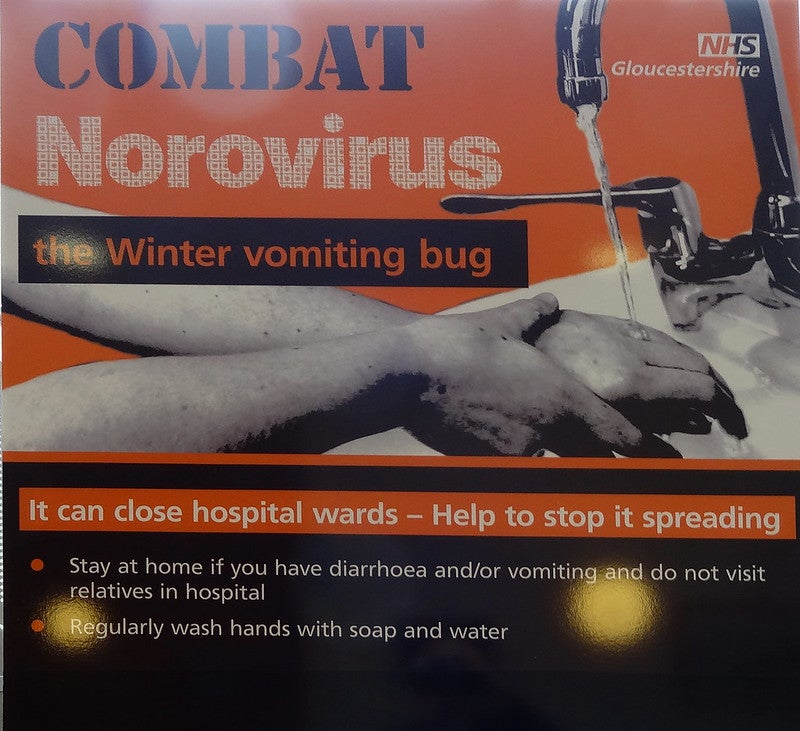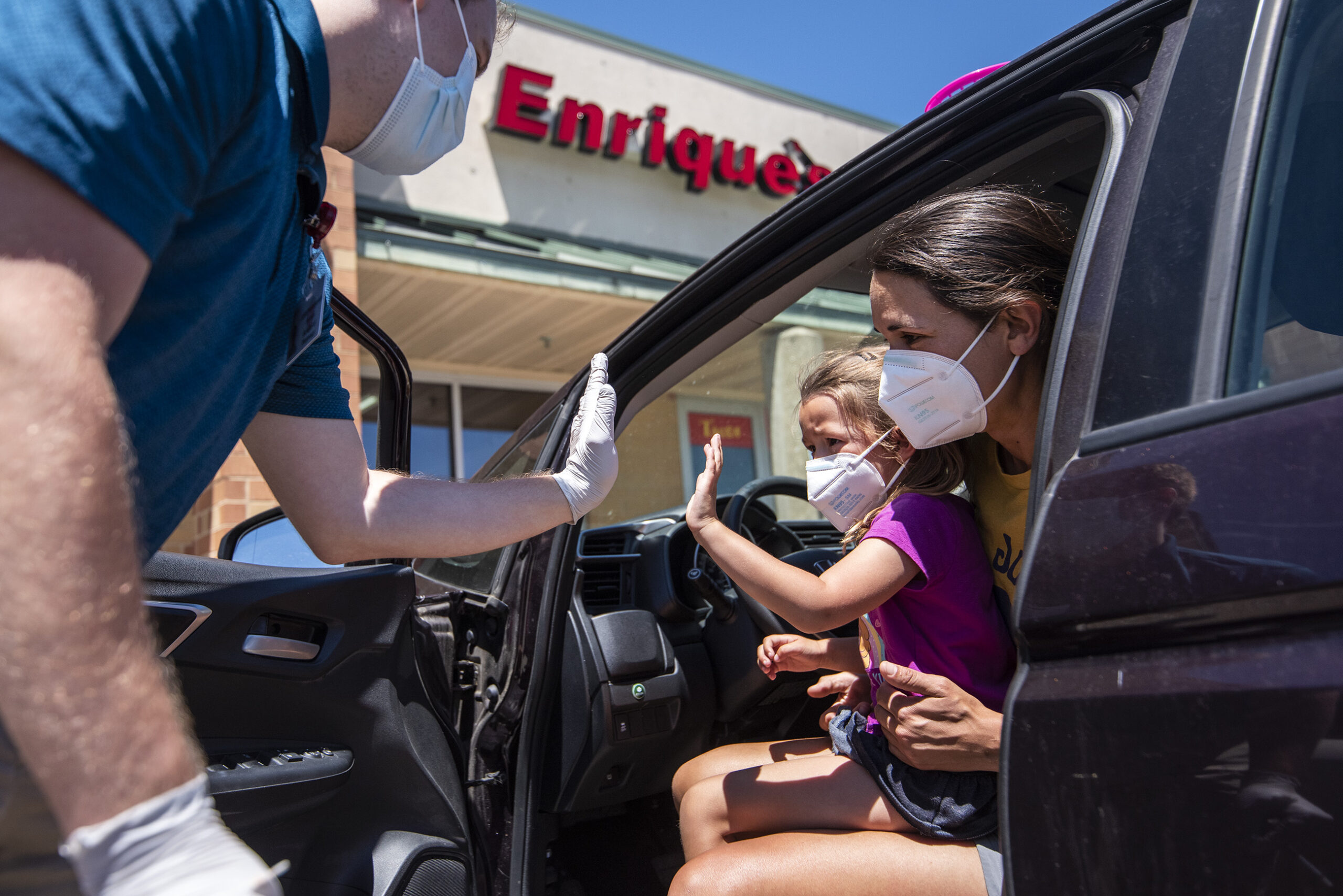While some municipalities in Wisconsin are beginning to reopen after the state Supreme Court struck down the statewide stay-at-home order, other municipalities around the state remain under the restrictions that have been in place for nearly two months.
For several weeks, Wisconsinites have already begun moving more than they did in the early days of the quarantine.
Dr. Patrick Remington, director of the University of Wisconsin-Madison Preventive Medicine Residency Program, said it’s a natural reaction to start testing the waters and evaluating risk after a period of intense measures.
Stay informed on the latest news
Sign up for WPR’s email newsletter.
There’s no question that the duration of the quarantine has been wearing on people, he said. And when people venture out a few times and nothing bad happens, they start to do it a little more.
But that doesn’t mean the risk isn’t there.
“We still know that there’s significant risk of disease transmission and particularly in high-risk settings,” Remington said. “But again, as people are taking baby steps, they’re noticing that it seemed to work. And so they’re willing to take more.”
When people stay home, the risk for transmission is reduced to virtually zero because there are no means for the disease to spread, he said. But that can’t last forever.
On the other end of the spectrum — people venture out to crowded events like parties, packed bars or sporting events.
“And we’ve seen time and time again when that happens, invariably there’ll be disease transmission, an outbreak, and lots of people get sick and some people die,” Remington said.
Each individual has to recognize there is a risk of getting infected and spreading the disease when they go out, he said. Finding the balance between staying home and going back to business as usual is something public health officials are still trying to figure out.
“If everyone stayed home, we would see maybe one or two cycles within each family and then the virus would disappear,” Remington said. “It’s an extremely effective method of stopping an epidemic.”
But there are people who can’t stay home — essential workers like health care providers, first responders and grocery store workers. And then there are people who can’t work from home and need to go out to make a living.
Social distancing has worked, Remington said.
Wisconsin, like the rest of the country, hasn’t seen the number of COVID-19 cases it was projected to see early on in the pandemic.
“But now we’re sort of lulled into the feeling that since we didn’t see that, it’s not so risky, and that is not the case,” he said. “This virus is still circulating in communities. About 95 percent of the public is still not immune and (is) susceptible to infection.”
The public health system is in a much better place than it was when the stay-at-home order was put into place, Remington said. But the state still isn’t where it needs to be with testing and contact tracing.
Remington said it’s still important to take safety precautions like wearing a mask, washing hands frequently and maintaining a 6-foot physical distance from others. And if you do develop symptoms, call your doctor and stay home.
“The virus hasn’t changed,” he said. “We will see continued transmission. What we want to do is reduce the risk … we want to have the ability to make a quick diagnosis, implement an isolation for that person who’s sick, but then go out and find out everybody that person has been in contact with.”
Wisconsin Public Radio, © Copyright 2025, Board of Regents of the University of Wisconsin System and Wisconsin Educational Communications Board.





